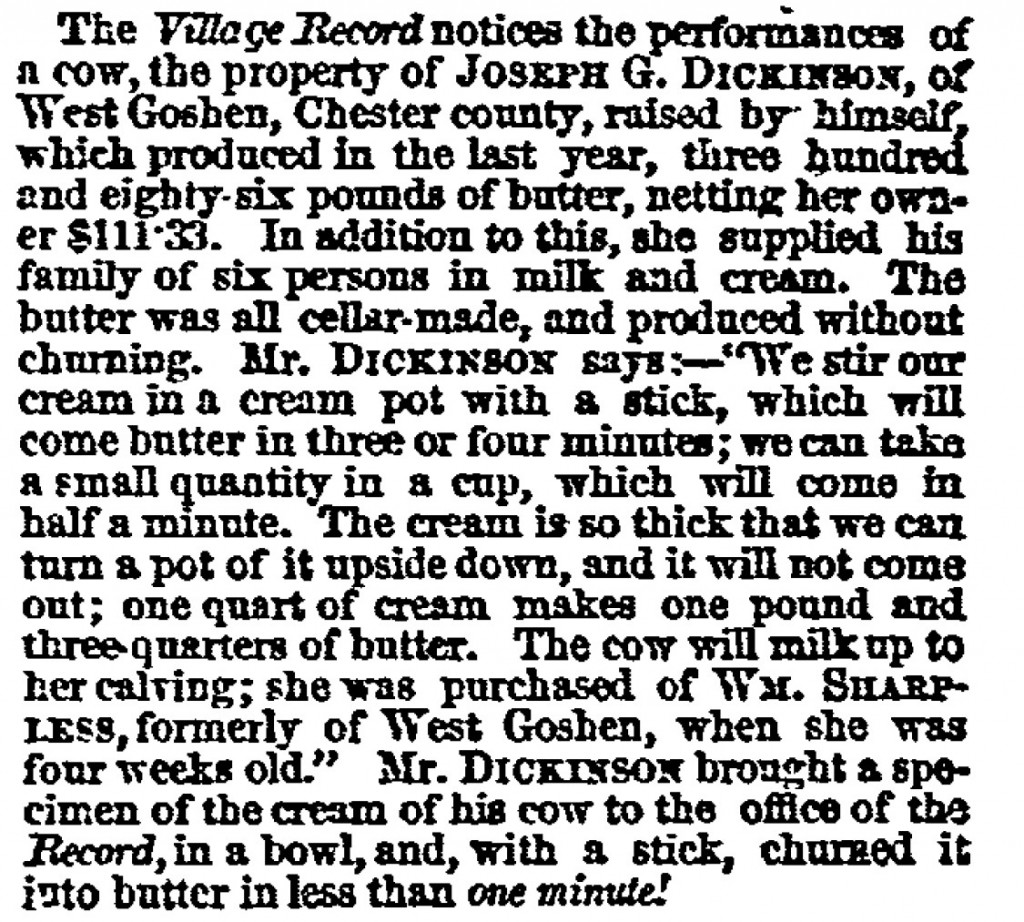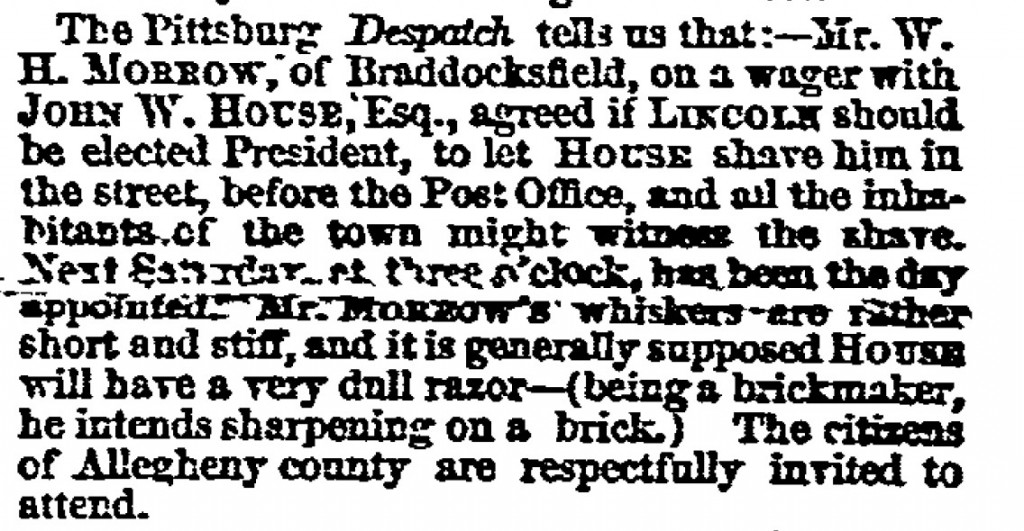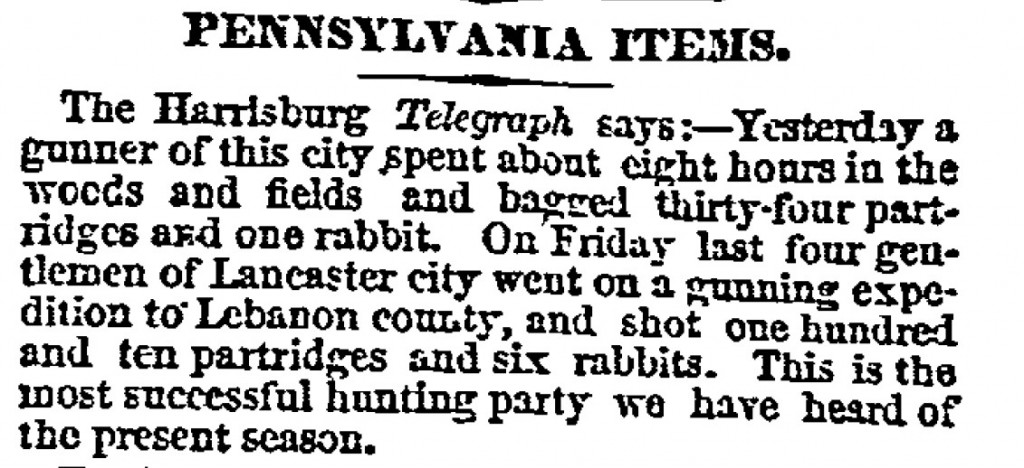Posted By Norman Gasbarro on November 22, 2010
On a fall day nearly thirty years ago a small group of descendants of John Peter Hoffman, Lykens Valley pioneer, packed into a van and drove from the New Jersey Shore for what was to be a final visit with aging cousins and aunts at the Lutheran Home in Millersburg, Pennsylvania. It was a family reunion not held in good circumstances, but it had to be done. There were two small children in the group, and going anywhere where there weren’t people to give them attention and lots of room for them roam around and play was not a good idea, but seeing relatives that we knew and loved at the most robust times of their lives and connecting the children with that heritage seemed important and justified.
Someone in our group suggested a visit to the Hoffman Monument in Lykens Township. So, armed with one of those cartridge cameras with half-size negatives, we drove the distance to Loyalton and headed north on the Crossroads. After a few wild curvy-turns, a farm appeared ahead on the left. To the right, in the middle of a cornfield that had been cleared of its crop, loomed an imposing slab of granite. We easily found a path to the monument. It was quickly decided that the children should remain in the van and the three brothers would trudge out to the monument, snap a few pictures, and then head back to the van. The resulting photos didn’t turn out so well, but for several decades, they were the only views the family had of the monument to its ancestor John Peter Hoffman. Personal memories of that first visit were dominated by pride. Our family was part of history and there was a monument to prove it!
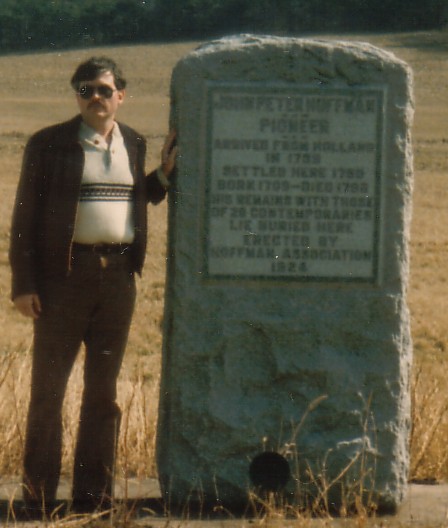
A surviving picture of that day is shown above. That’s brother Jim standing by the monument. Jim’s about six foot tall and the monument slightly is taller. This impressive visit remained a fond memory. Years later when the “Gasbarro Family Tree” first appeared on Ancestry.com, that same picture of Jim at the monument was chosen to represent John Peter Hoffman. After all, there are no pictures of John Peter Hoffman, and any of us would be hard pressed to say what he looked like. The monument picture would have to do! Apparently about 40 other contributors on Ancestry.com have agreed because they’ve attached the same picture to their tree page on John Peter Hoffman.
This past winter, with more time and patience, another visit was paid to the monument. After driving by several times, barely able to see it through the corn and surely unable to see the “path” to it, a window of opportunity arose. It had just snowed the day before. The monument stood against a gray sky. The light was good but the scene was bleak. A path was nowhere to be found. An obstacle course was ahead – dried cornstalks, mud, and channels of melting snow. Determination won out and some good pictures resulted. This time a digital camera was used so the pictures could be checked before “processing.” But, personal memories of that second visit were dominated by concern.
In the intervening years, the monument had deteriorated and now stood in need of cleaning and care. No signs pointing to a path. No path. Who was responsible for this? Why is it so difficult to get to see it? Isn’t the monument over a graveyard where perpetual access is supposed to be relatively easy? What has happened to the association that erected the monument? Were they supposed to care for it?
First, a few words about John Peter Hoffman. The inscription on the monument reads:
John Peter Hoffman, Pioneer. Arrived from Holland in 1739. Settled here 1750. Born 1709. Died 1798. His remains and those of 26 contemporaries lie buried here. Erected by Hoffman Association 1924.
When Hoffman arrived in the Lykens Valley, it was the frontier. Tales abound of good and bad relations with the Indians and of struggles to erect and maintain settlements. But from that central part of the Lykens Valley, John Peter Hoffman raised a large family and today his descendants number in the tens of thousands – some have remained in the valley, but most established roots elsewhere. For a long time, the Hoffman Association was one of the most active family associations in the Lykens Valley – holding annual reunions, publishing materials, saving historical mementos, and erecting the monument to the pioneer ancestor, John Peter Hoffman.
So, what does all this have to do with the Civil War? Since it is through lines of descent from John Peter Hoffman that my brothers and I are related to just about everyone who has roots in the Lykens Valley, the assumption has to be made that most of the Civil War veterans in the list of 2000 were also connected in some way. If the Enders family laid claim to 162 veterans, surely the Hoffman clan could claim two or three times that number.
Efforts to find out about the Hoffman Association were in vain. No one at the Gratz Historical Society knew if it still existed. There weren’t any publications there, no photos of reunions, no names of contacts. A small file contained a few news clippings, but none recent. Worse still, a Google search was no help. No web sites. No e-mail contacts. No on-line genealogies.
This post is not meant to chastise anyone. Hopefully, someone will come forward as the successor genealogist of the Hoffman family and tell that happened to the rich history that was collected over the years and perhaps this information can now be electronically shared or placed in a repository such as the Gratz Historical Society. Maybe also there will be some concern and care expressed for the Hoffman Monument and it will be made more accessible in all seasons.
Part two will be a brief conjecture as to the number of Civil War descendants of John Peter Hoffman and some of the possible surnames that are included.
Pictured below are a few of the photos taken on that bleak January last. Short Mountain is in the background. The farm is also shown.
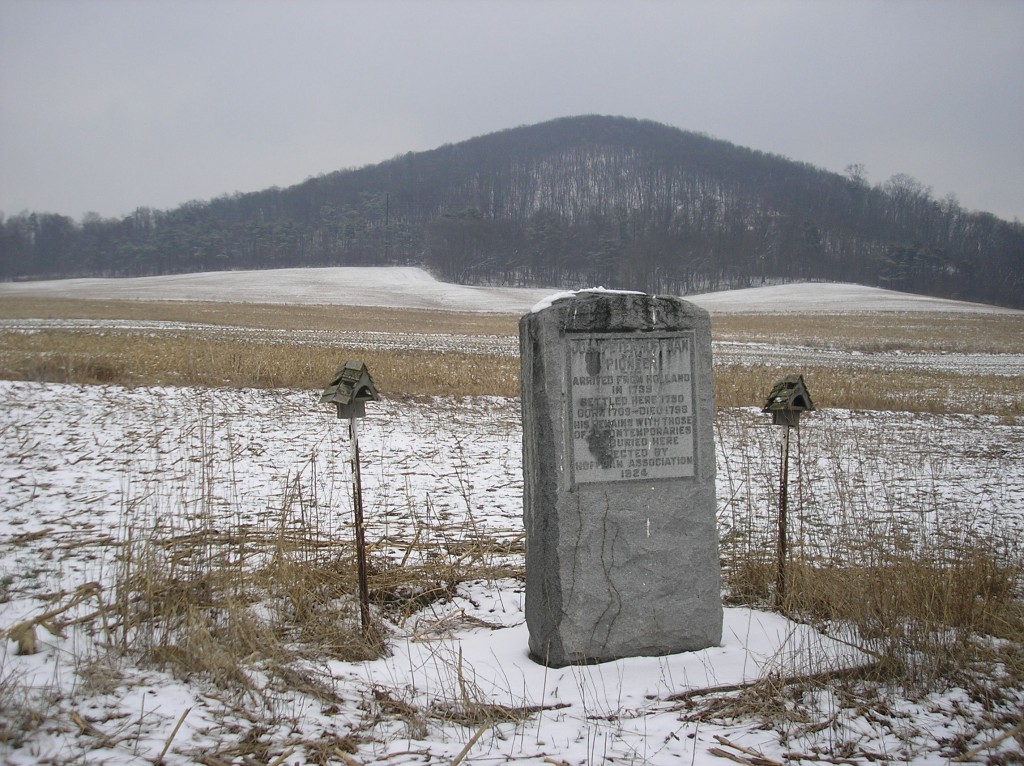
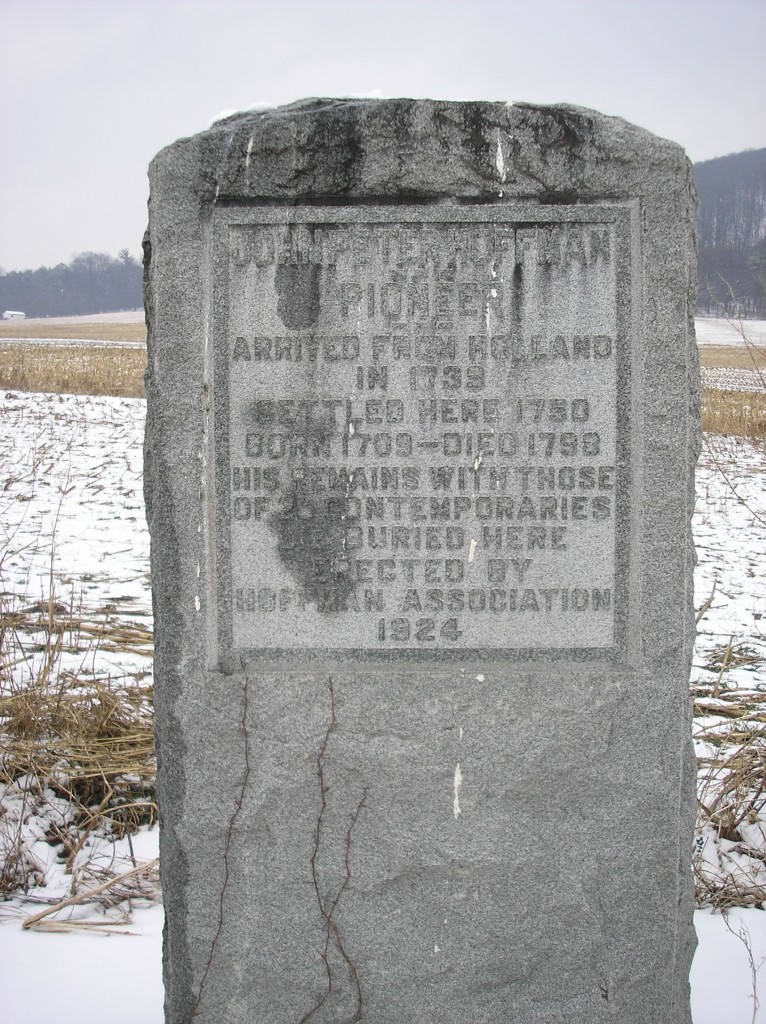
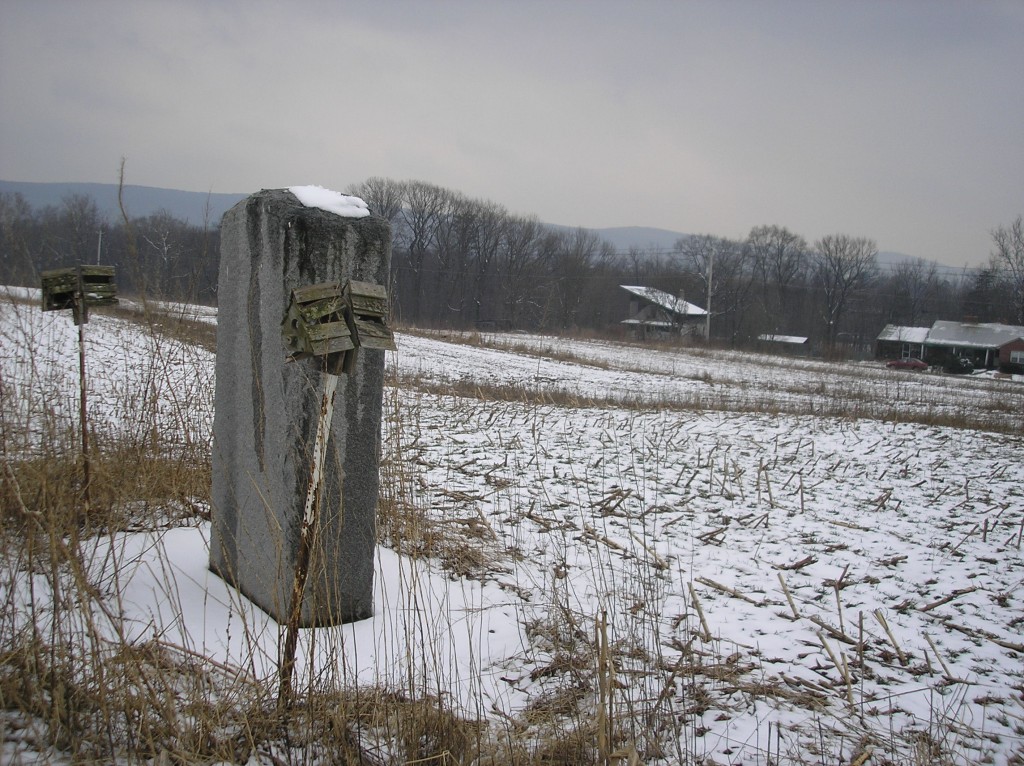

Category: Reflections |
20 Comments »
Tags: Hoffman family, Monument
 ;
;


